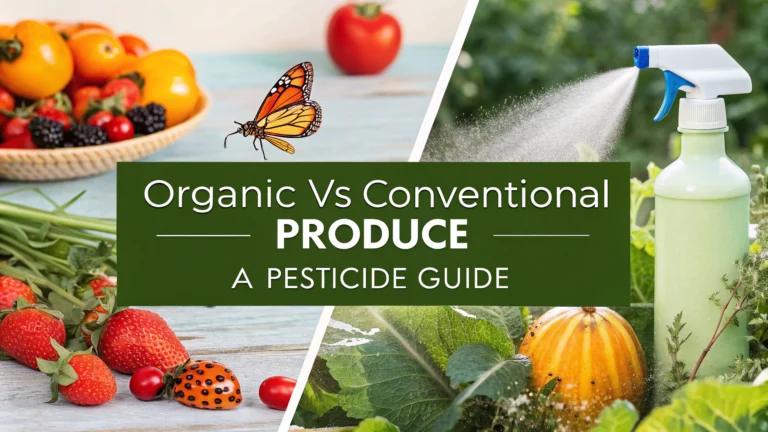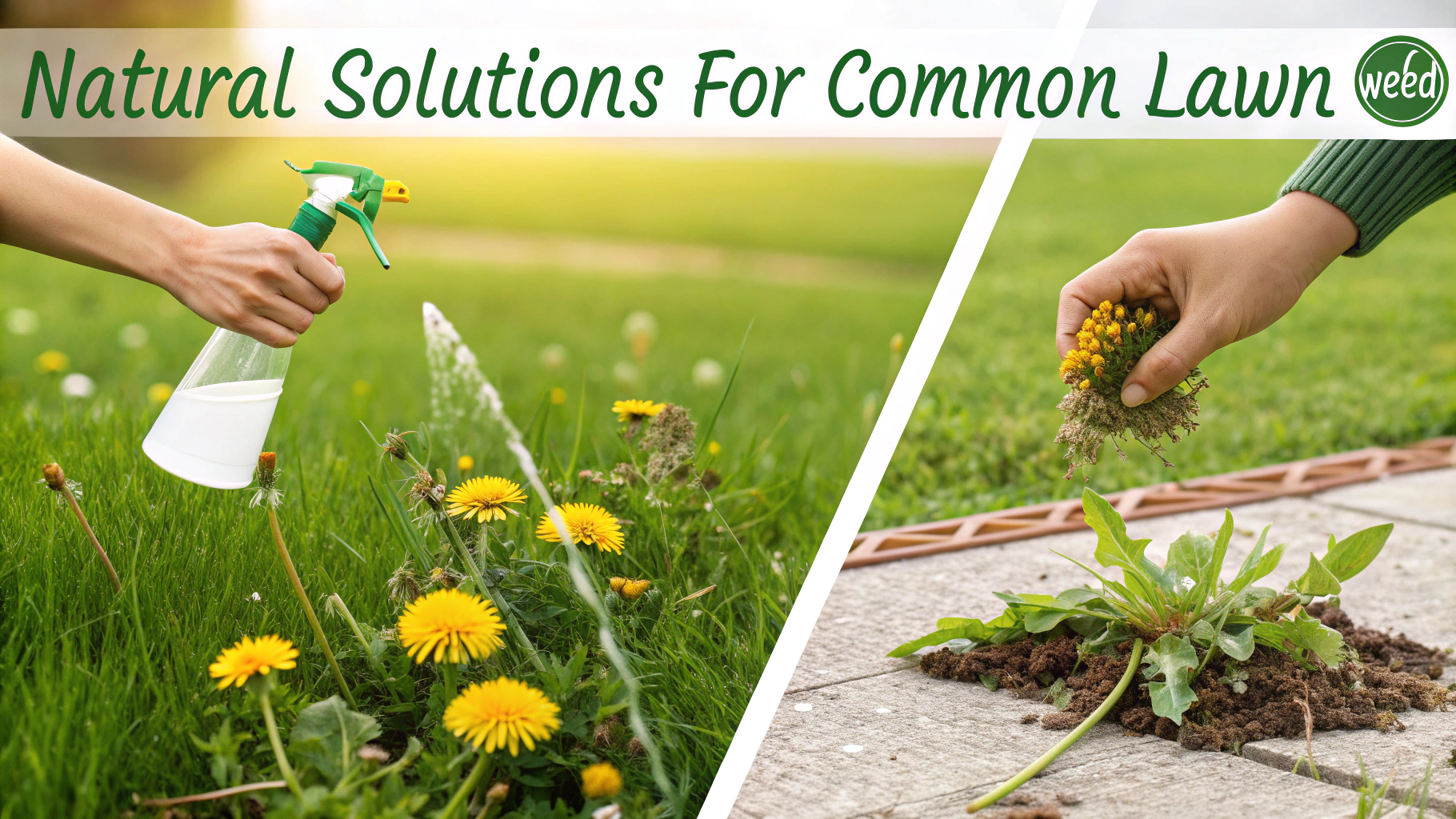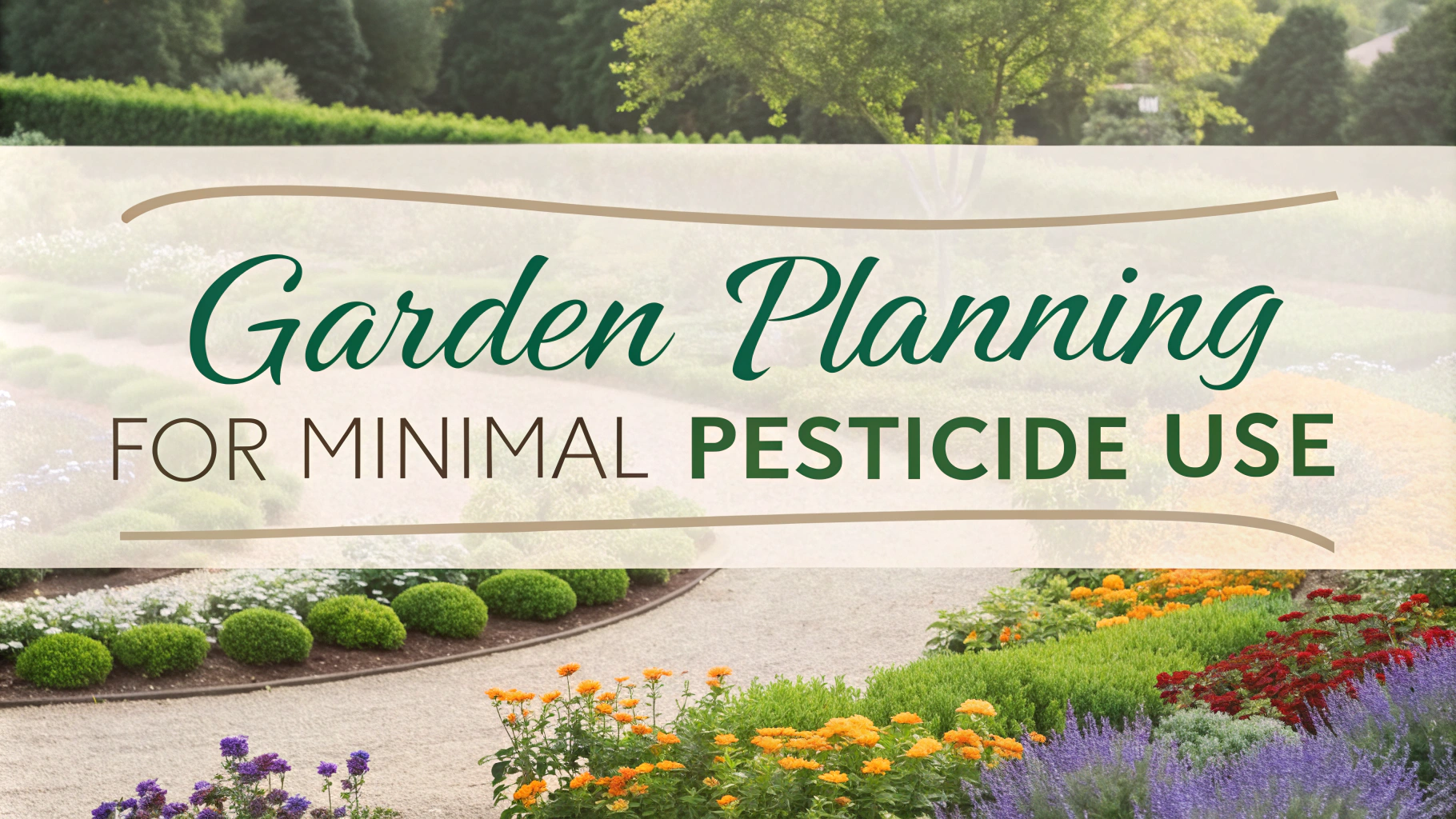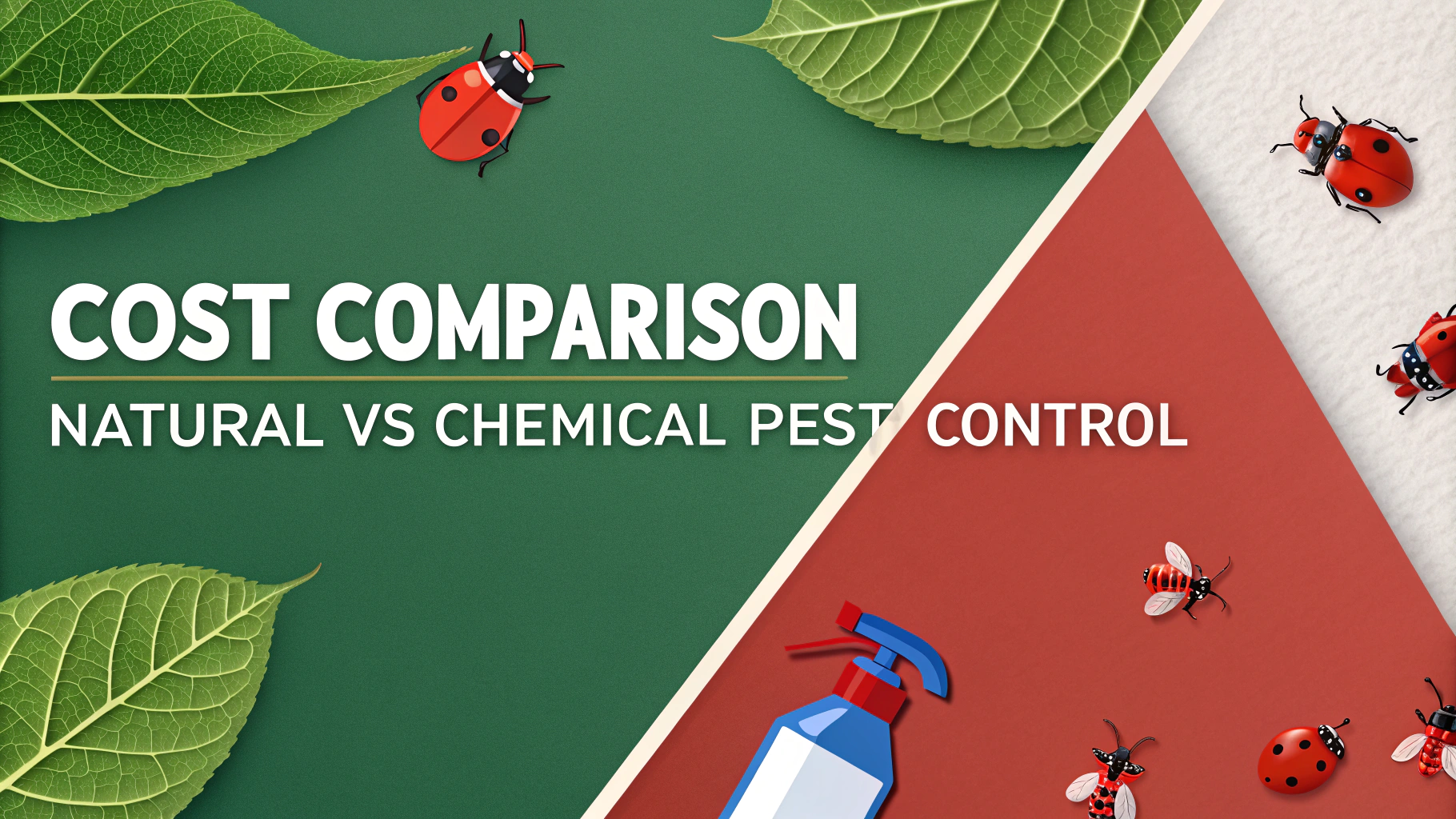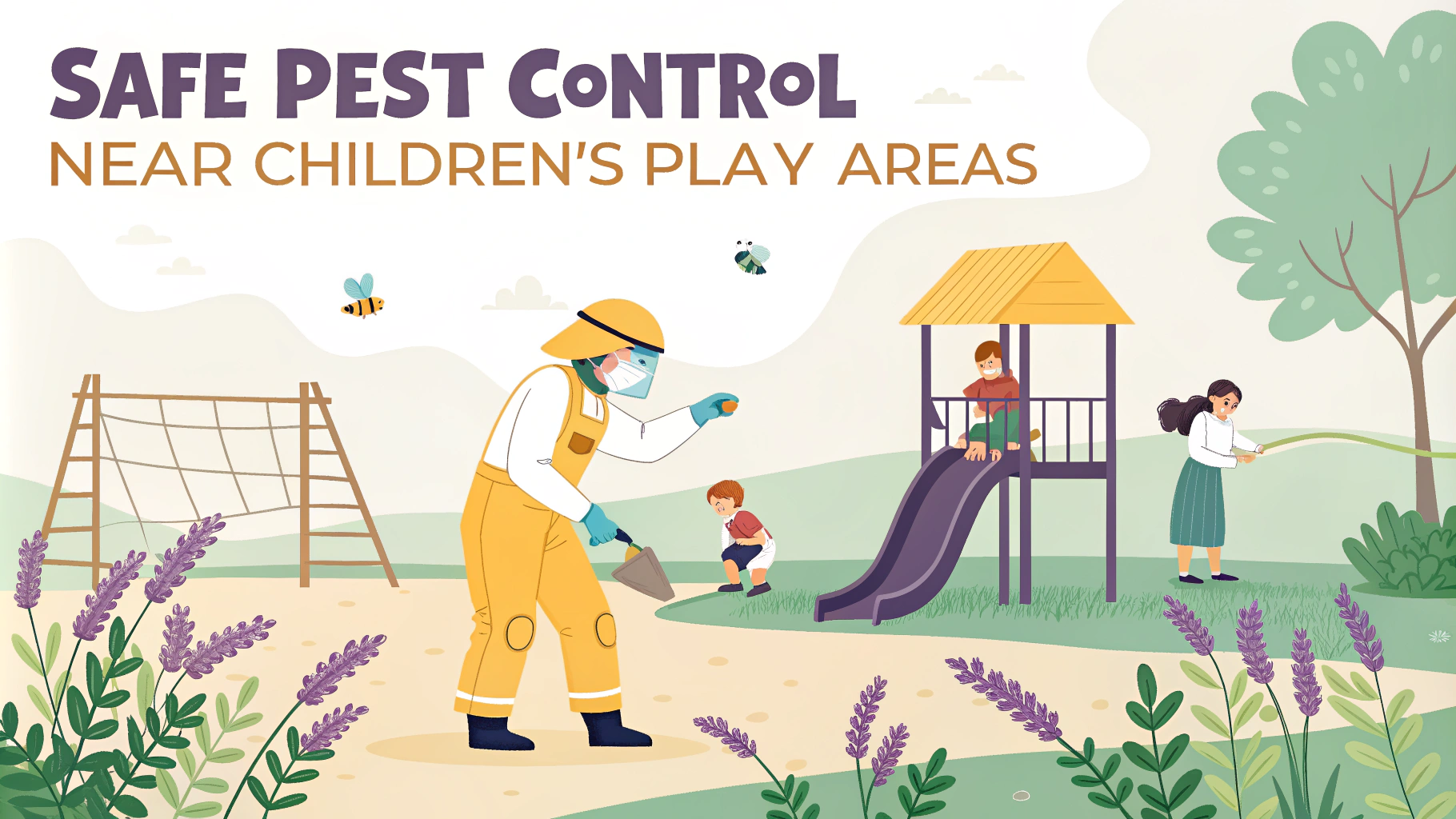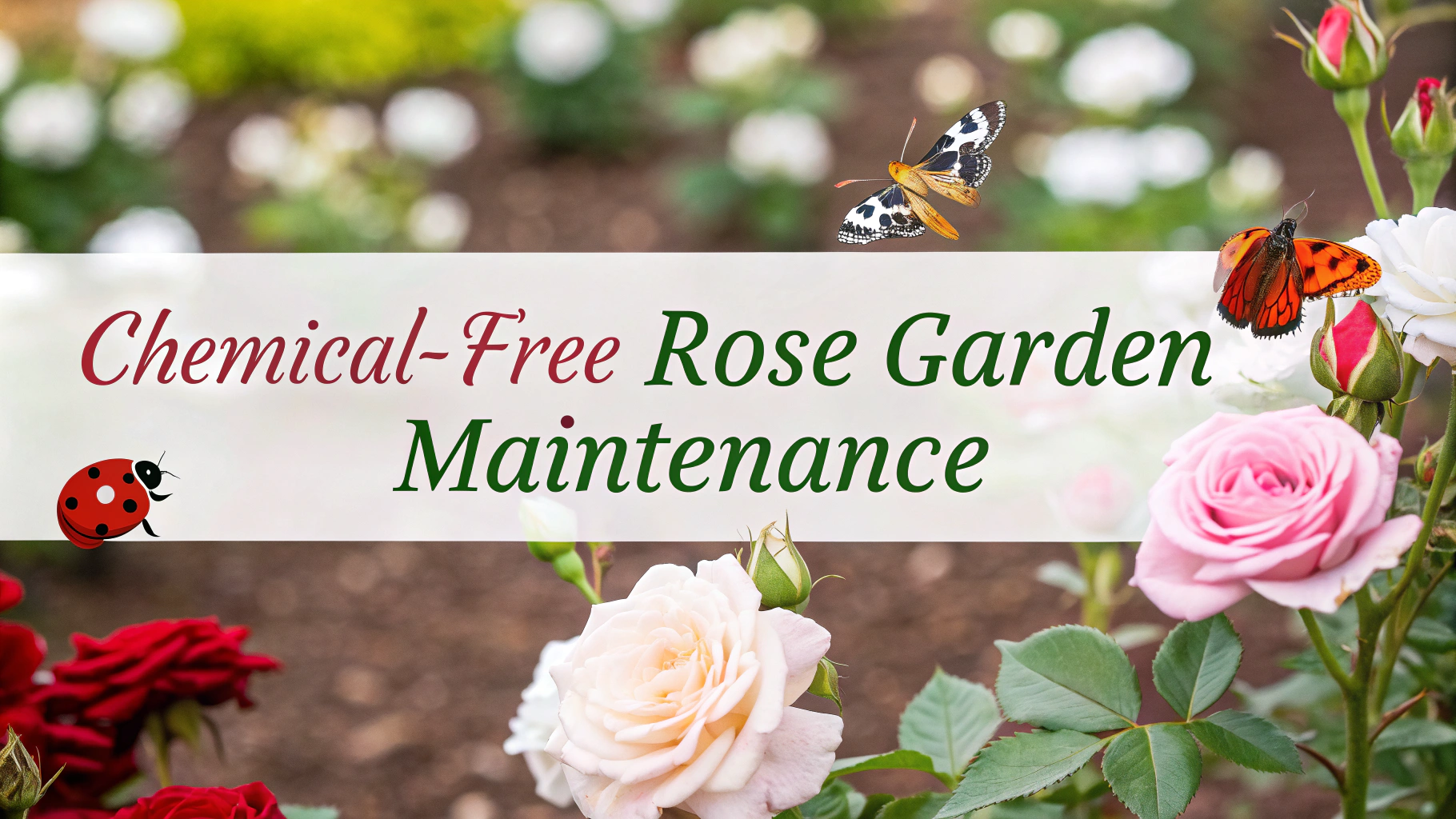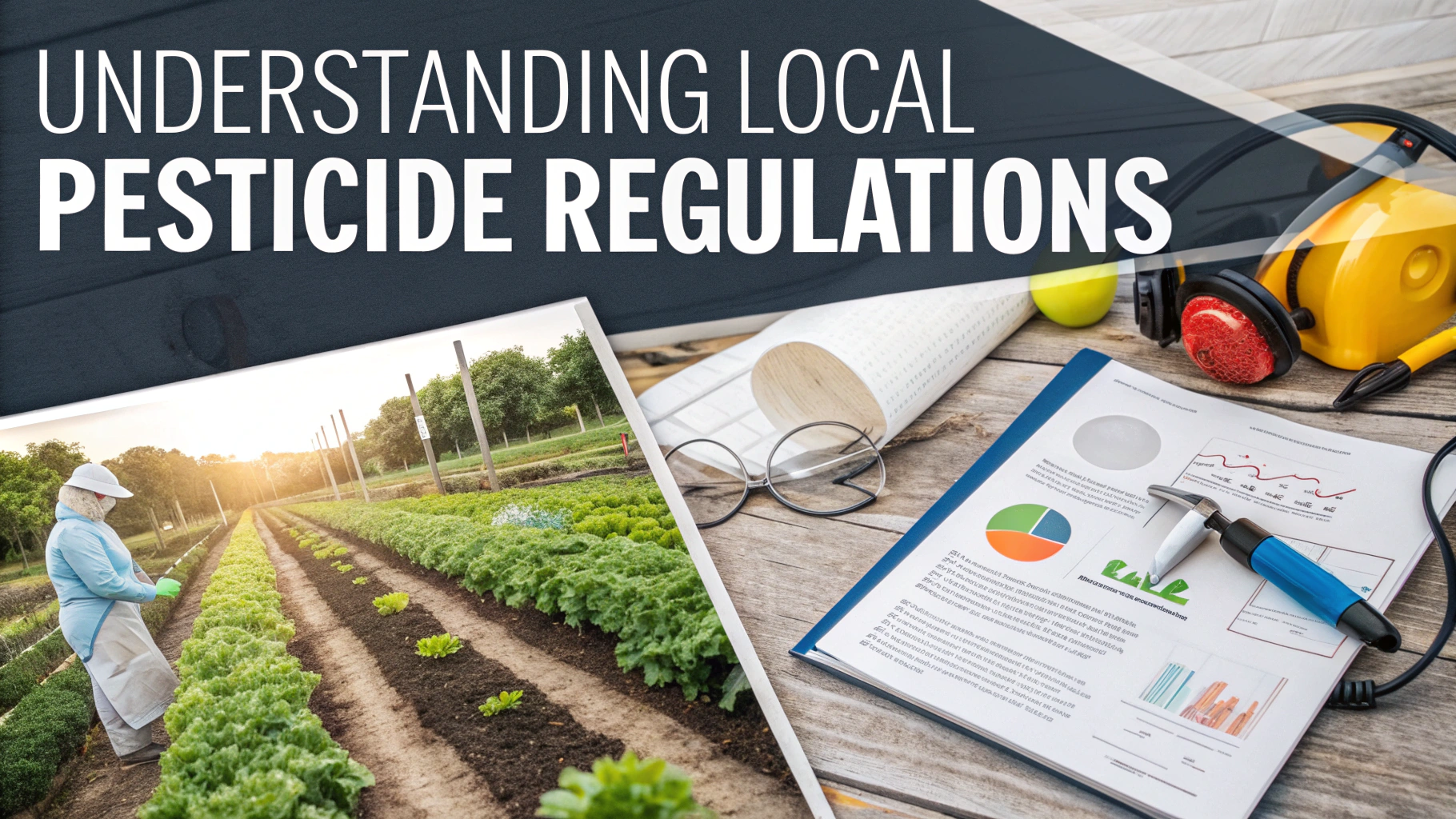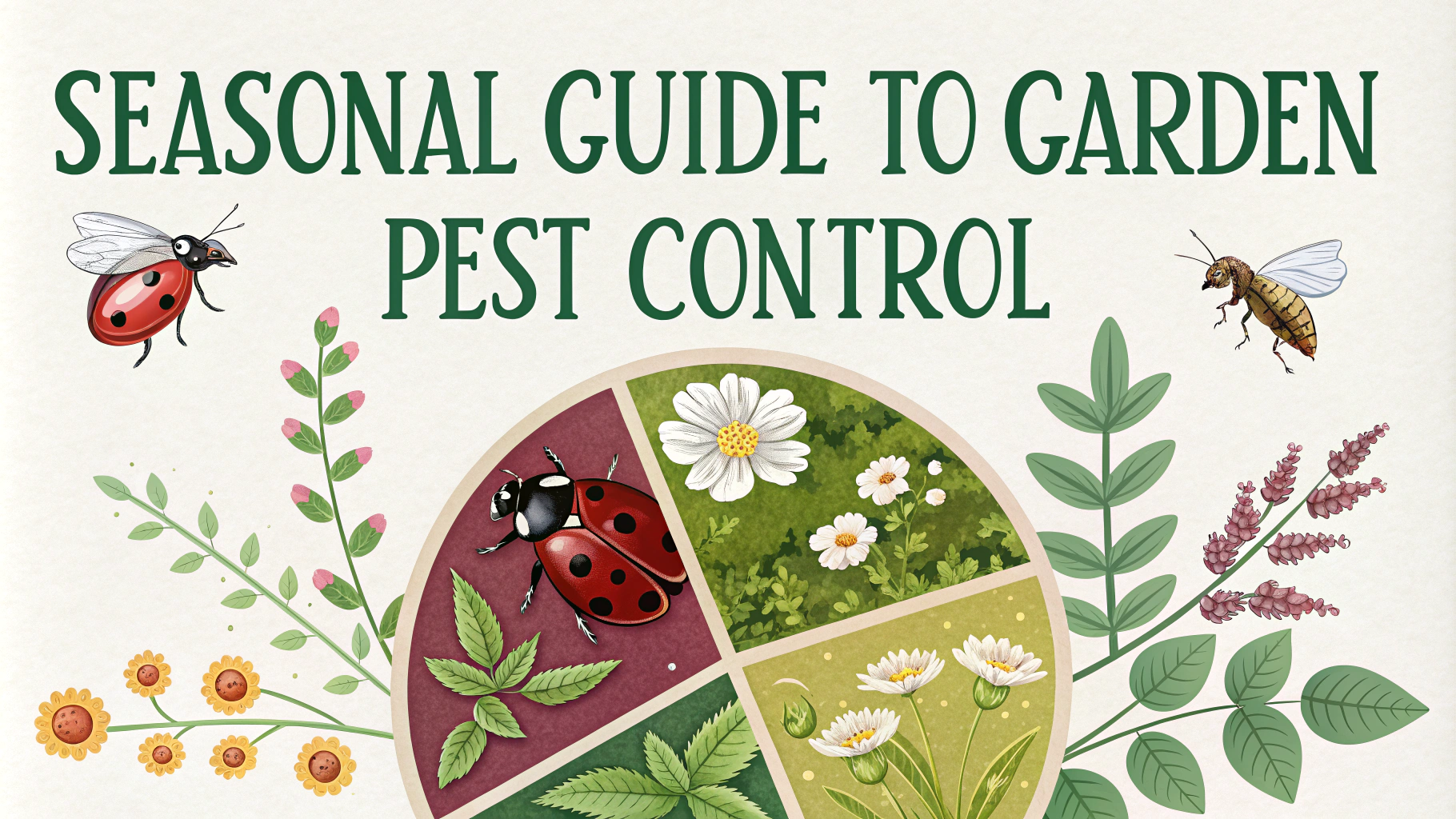Understanding the differences between organic and conventional produce can help you make informed decisions about your family’s health and environmental impact.
What Makes Produce “Organic”?
Organic farming prohibits the use of synthetic pesticides, focusing instead on natural pest control methods and soil health.
Common Pesticides on Conventional Produce
- Organophosphates – Used on fruits and vegetables
- Carbamates – Applied to root vegetables
- Pyrethroids – Common on leafy greens
- Glyphosate – Used on many grain crops
The “Dirty Dozen” – High Pesticide Produce
These conventional items typically contain the highest pesticide residues:
- Strawberries
- Spinach
- Kale
- Nectarines
- Apples
- Grapes
- Bell Peppers
- Cherries
- Peaches
- Pears
- Celery
- Tomatoes
The “Clean Fifteen” – Lower Pesticide Produce
These items typically have lower pesticide residues even when grown conventionally:
- Avocados
- Sweet Corn
- Pineapple
- Onions
- Papaya
- Sweet Peas (frozen)
- Eggplant
- Asparagus
- Cauliflower
- Cantaloupe
- Broccoli
- Mushrooms
- Cabbage
- Honeydew
- Kiwi
Reducing Pesticide Exposure
- Wash produce thoroughly under running water
- Use a produce brush for firm fruits and vegetables
- Remove outer leaves of leafy vegetables
- Peel fruits when possible, though this reduces fiber content
- Consider using a vegetable wash solution
Cost-Effective Shopping Strategy
Focus organic purchases on items from the Dirty Dozen list while buying conventional versions of Clean Fifteen items.
Storage Tips to Maintain Freshness
- Store fruits and vegetables separately
- Keep produce in appropriate humidity conditions
- Use produce storage bags or containers
- Check regularly for signs of spoilage
Resources for More Information
- Environmental Working Group (EWG) – Annual pesticide reports
- USDA National Organic Program – Organic certification standards
- FDA Pesticide Program – Pesticide monitoring reports
Environmental Impact
Benefits of Organic Farming
- Improved soil health and biodiversity
- Reduced water pollution from chemical runoff
- Lower carbon footprint
- Protection of beneficial insects and pollinators
Sustainable Practices
- Crop rotation
- Natural fertilizers
- Companion planting
- Water conservation methods
Health Considerations
While both organic and conventional produce provide essential nutrients, organic options may offer:
- Higher antioxidant levels
- Lower cadmium concentrations
- Reduced exposure to synthetic pesticides
- No synthetic growth hormones
Seasonal Shopping Guide
Choosing seasonal produce can reduce both cost and environmental impact:
Spring
- Asparagus
- Peas
- Spring greens
Summer
- Tomatoes
- Berries
- Stone fruits
Conclusion
Making informed choices about organic versus conventional produce involves balancing several factors:
- Personal health priorities
- Budget constraints
- Environmental concerns
- Local availability
By focusing organic purchases on high-risk items and implementing proper washing and storage techniques, consumers can effectively manage both their health and budget while supporting sustainable agriculture.
FAQs
- What’s the main difference between organic and conventional produce when it comes to pesticides?
Organic produce uses only naturally-derived pesticides approved for organic farming, while conventional produce may be treated with synthetic pesticides. Organic farming methods must follow strict USDA guidelines that prohibit the use of synthetic pesticides. - How can I remove pesticide residues from conventional produce?
Wash produce thoroughly under cold running water, use a produce brush for firm fruits and vegetables, and peel when possible. A solution of baking soda and water (1 teaspoon per cup) can help remove surface residues. - Which conventional fruits and vegetables typically have the highest pesticide residues?
Strawberries, spinach, kale, nectarines, apples, grapes, peaches, cherries, pears, and tomatoes consistently rank highest in pesticide residues according to the Environmental Working Group’s annual testing. - Do organic fruits and vegetables contain any pesticides at all?
Yes, organic produce may contain residues of approved natural pesticides, but studies show they generally have significantly lower pesticide residues than conventional produce and rarely contain synthetic pesticide residues. - Which conventional produce items typically have the lowest pesticide residues?
Avocados, sweet corn, pineapples, onions, papaya, sweet peas (frozen), eggplants, asparagus, cauliflower, and cantaloupe typically have the lowest pesticide residues. - Are pesticide residues on conventional produce dangerous to human health?
While residues on conventional produce are regulated and generally fall within EPA safety limits, some studies suggest potential health concerns from cumulative exposure. The most vulnerable groups are pregnant women and young children. - Does washing conventional produce eliminate all pesticide residues?
No, washing cannot remove all pesticide residues as some pesticides are systemic and absorbed into the plant’s tissue. However, washing can significantly reduce surface residues. - Are natural pesticides used in organic farming always safer than synthetic ones?
Not necessarily. Natural pesticides can also be toxic and must be used according to strict guidelines. However, they generally break down more quickly in the environment and leave fewer residues. - What certification ensures produce is truly organic?
The USDA Organic certification is the official standard in the United States. Certified organic produce must be grown without synthetic pesticides and follow strict regulatory requirements. - How long do pesticide residues remain on conventional produce?
Residue persistence varies by pesticide type and environmental conditions. Some break down within days, while others can persist for weeks. Storage and processing can also affect residue levels.
